- No products in the cart.
Nospanum injection 20mg / ml 2 ml ampoules 5 pcs
$2.28
Nospanum injection 20mg / ml 2 ml ampoules 5 pcs
SKU: 0978633350 Categories: Analgesics, antispasmodics, Medicaments Tags: Drotaverinum, SANOFI RUSSIA
Description
Composition
Active substance:
1 ampoule contains: drotaverine hydrochloride – 40 mg ;.
Excipients:
Sodium bisulfite (sodium metabisulfite) – 2.0 mg, 96% ethanol – 132.0 mg Water for injection – up to 2.0 ml.
Description:
Transparent liquid greenish-yellow color.
Product form:
Solution for intravenous and intramuscular administration of 20 mg / ml. In 2 ml ampoules of dark glass (hydrolytic class, type I) with the applied fault point. 5 in plastic vials contour cell uncoated packaging (pallet). 1 or 5 pallets with instructions for use in a cardboard box.
Contraindications
Hypersensitivity to the active substance or to any of the excipients of the drug. Hypersensitivity to sodium disulphite (see. “Special Instructions” section). Severe hepatic or renal failure. Severe chronic heart failure. Children’s age (Drotaverinum use of children in clinical trials has not been studied). Lactation.
Carefully
If hypotension (risk of collapse, see. “Special Instructions” section). Pregnant women (see. Section “Pregnancy and lactation”).
Indications
Spasms of smooth muscles associated with the biliary tract diseases: cholecystolithiasis, cholangiolithiasis, cholecystitis, pericholecystitis, cholangitis, papillitis.
Spasms of smooth muscles of the urinary tract: nephrolithiasis, uretrolitiaz, pyelitis, cystitis, bladder tenesmus.
As an adjuvant therapy (when the tablet mold can not be used): the spasms of smooth muscle of gastrointestinal origin: gastric ulcer and duodenal ulcer, gastritis, gastric cardia and pyloric spasm, enteritis, colitis; gynecological diseases: dysmenorrhea.
Interaction with other drugs
Since levodopa: Phosphodiesterase inhibitors, like papaverine weaken antiparkinsonian effect of levodopa. In appointing Drotaverinum together with levodopa may increase rigidity and tremor
With papaverine, bendazol and other antispasmodics (including, and m-holinolitikami): drotaverin amplifies spasmolytic effect of papaverine, bendazol and other antispasmodics, including m-holinogblokatory
With tricyclic antidepressants, quinidine and procainamide: amplifies hypotension caused by tricyclic antidepressants, quinidine and procainamide.
With morphine: morphine reduces spazmogennoe Activity
With phenobarbital: phenobarbital enhances Drotaverinum antispasmodic action.
Overdose
Overdose Drotaverinum associated with cardiac arrhythmias and conduction, including a total blockade of legs bundle branch block and cardiac arrest, which can be fatal. In case of overdose, patients should be under close medical supervision and they should be symptomatic therapy and treatment to maintain basic bodily functions.
pharmachologic effect
Pharmacological group:
Antispasmodic.
Pharmacodynamics:
Drotaverine represents isoquinoline derivative which exhibits potent antispasmodic effect on smooth muscle by inhibiting the enzyme phosphodiesterase (PDE). Phosphodiesterase enzyme necessary for the hydrolysis of cAMP to AMP. Inhibition of the enzyme phosphodiesterase increases the concentration of c-AMP, which initiates the following cascade reaction: high concentrations of c-AMP activated c-AMP-dependent phosphorylation of myosin light chain kinase (MLCK). Phosphorylation MLCK leads to decrease its affinity for calcium (Ca2 +) – kalmodulinovomu complex, resulting in an inactivated form MLCK supports muscle relaxation. c-AMP, in addition, effect on cytosolic Ca2 + kontsentatsiyu, by stimulating transport Ca2 + in the extracellular space and sarcoplasmic reticulum. This lowers the concentration of Ca2 + through the effect of drotaverine c-AMP explains drotaverine antagonistic effect with respect to Ca2 +. In vitro drotaverin inhibits isozyme PDE4 isoenzymes without inhibiting PDE-3 and PDE-5. Therefore drotaverine efficiency depends on PDE-4 in the tissue concentrations, the content of which varies in different tissues. PDE4 is the most important to suppress the contractile activity of smooth muscle, and therefore the selective inhibition of PDE 4 could be useful for the treatment of hyperkinetic dyskinesias and various diseases accompanied by spastic conditions of the gastrointestinal tract. Hydrolysis of cAMP in the myocardium and vascular smooth muscle occurs mainly via isoenzyme PDE 3, which explains the fact that at high spasmolytic activity in drotaverine no serious side effects from the heart side and the blood vessels and pronounced effects in the cardiovascular system . Drotaverinum effective in spasms of smooth muscles of both neurogenic and muscular origin. Regardless of the type of the autonomic innervation drotaverin relaxing effect on the smooth muscles of the gastrointestinal tract, biliary tract, urogenital system.
Pharmacokinetics:
Drotaverine and / or its metabolites can slightly penetrate the placenta. In vitro – drotaverin has a high bond to plasma proteins (95-97%), especially with albumin, alpha and beta globuminami and alpha-HDL (high density lipoprotein). The man Drotaverinum almost completely metabolized by O-dezetilirovaniya. Its metabolites are rapidly conjugated with glucuronic acid. The main metabolite is 4′-dezetildrotaverin but which have been identified 6 dezetildrotaverin and 4′-dezetildrotaveraldin. In humans, to assess pharmacokinetics Drotaverinum used two-part mathematical model. Terminal half-life of plasma radioactivity was 16 hours. The half-life of 8-10 hours. 72 hours. Almost completely excreted, more than 50% through the kidney (primarily as metabolites) and about 30% through the intestine. Drotaverinum unchanged in the urine is detected.
Pregnancy and breast-feeding
As shown by studies of the reproductive toxicity in animal studies and retrospective clinical data, the use of Drotaverinum during pregnancy did not have any teratogenic or embryotoxic effect. Despite this, the appointment Drotaverinum pregnant women should be careful to use it only in cases where the potential benefit to the mother outweighs the potential risk to the fetus, it should be avoided injectable dosage form of the drug, but shpa® in pregnant women. The drug should not be used during labor and delivery (potential risk of postpartum hemorrhage atonic). The drug is not recommended due to the lack of clinical data during lactation.
Conditions of supply of pharmacies
On prescription.
side effects
Below are adverse reactions observed in clinical trials, separated by organ systems indicating the frequency of their occurrence according to the following gradation: very frequent (> 10%), frequent (> 1%, and
special instructions
The preparation contains disulfite, which may cause allergic-type reactions including anaphylactic symptoms and bronchospasm in sensitized individuals, particularly in individuals with asthma or allergic diseases in history. This increased sensitivity to disulfite parenteral formulation should be avoided (see. The section “Contra ‘). When administered intravenously, drotaverine patients with low blood pressure patient must be in a horizontal position in connection with the risk of collapse.
Effects on ability to drive and use other mechanisms
During the period of treatment should refrain from driving and other activities potentially hazardous activities that require high concentration and psychomotor speed reactions.
Storage conditions
Store in a dark place at a temperature of 15-25 C.
Keep out of the reach of children.
Dosing and Administration
The daily average dose is 40-240 mg Drotaverine hydrochloride (divided into 1-3 doses per day) intramuscularly. In acute colic (kidney or gallstone) 40-80 mg intravenously, slowly (time of administration of about 30 seconds).
Information
Appearance may differ from that depicted in the picture. There are contraindications. You need to read the manual or consult with a specialist
Additional information
| Weight | 0.100 kg |
|---|---|
| Manufacturer | SANOFI RUSSIA |

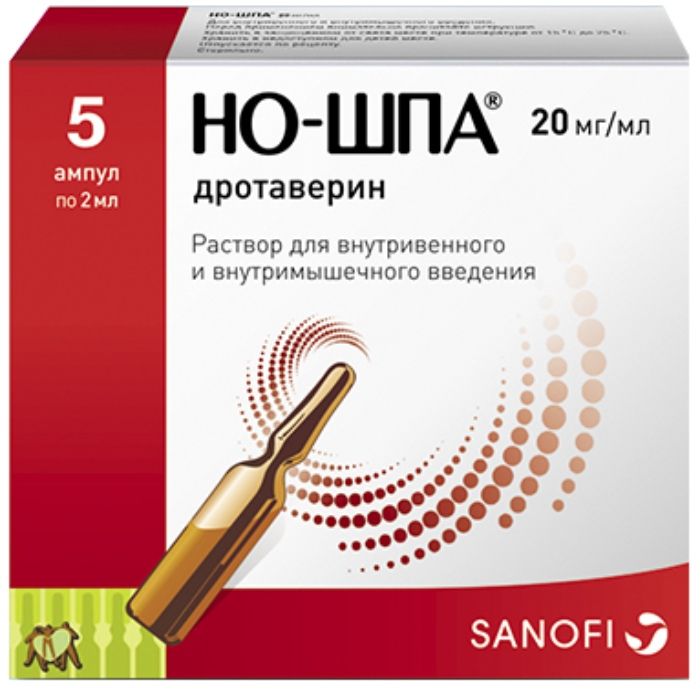
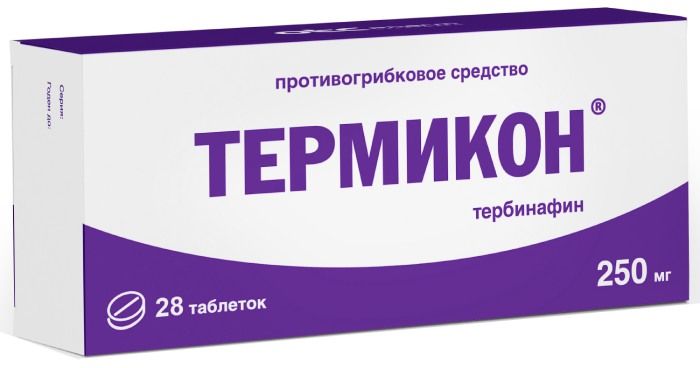
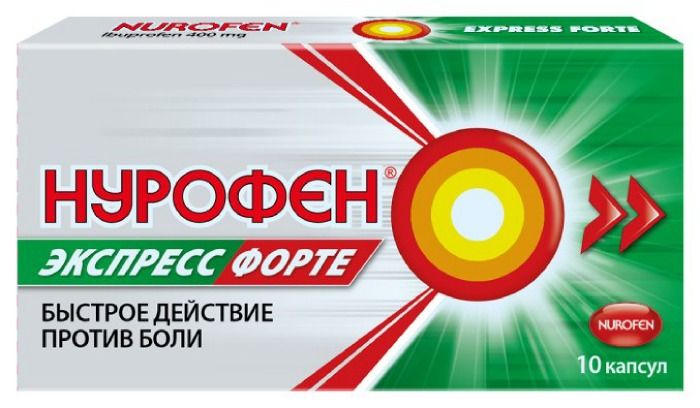
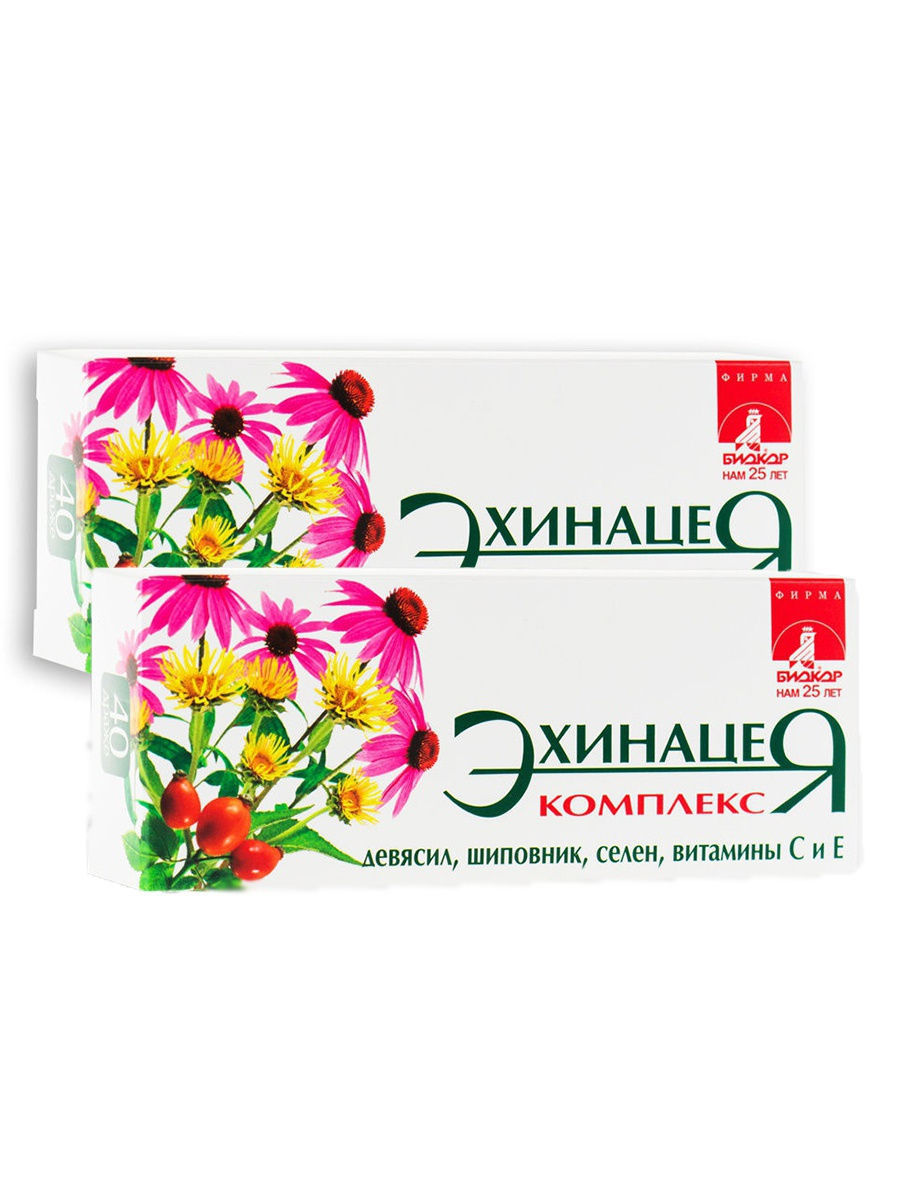
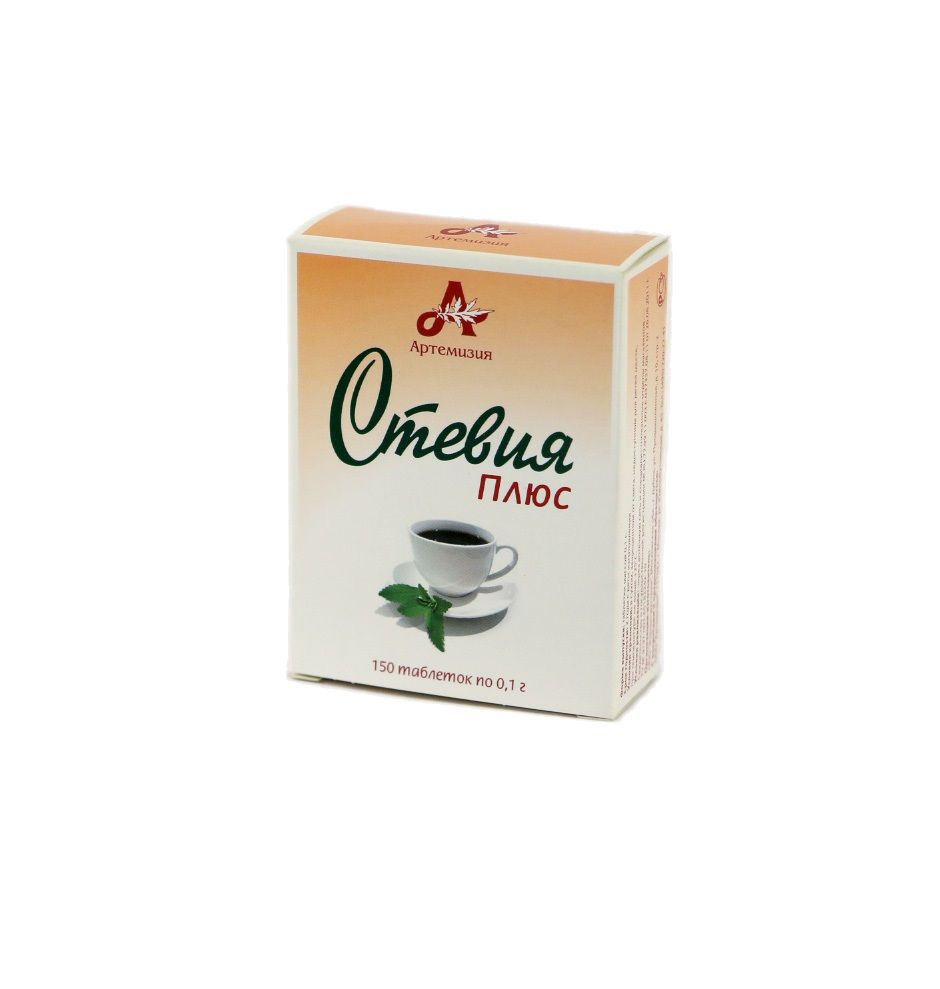
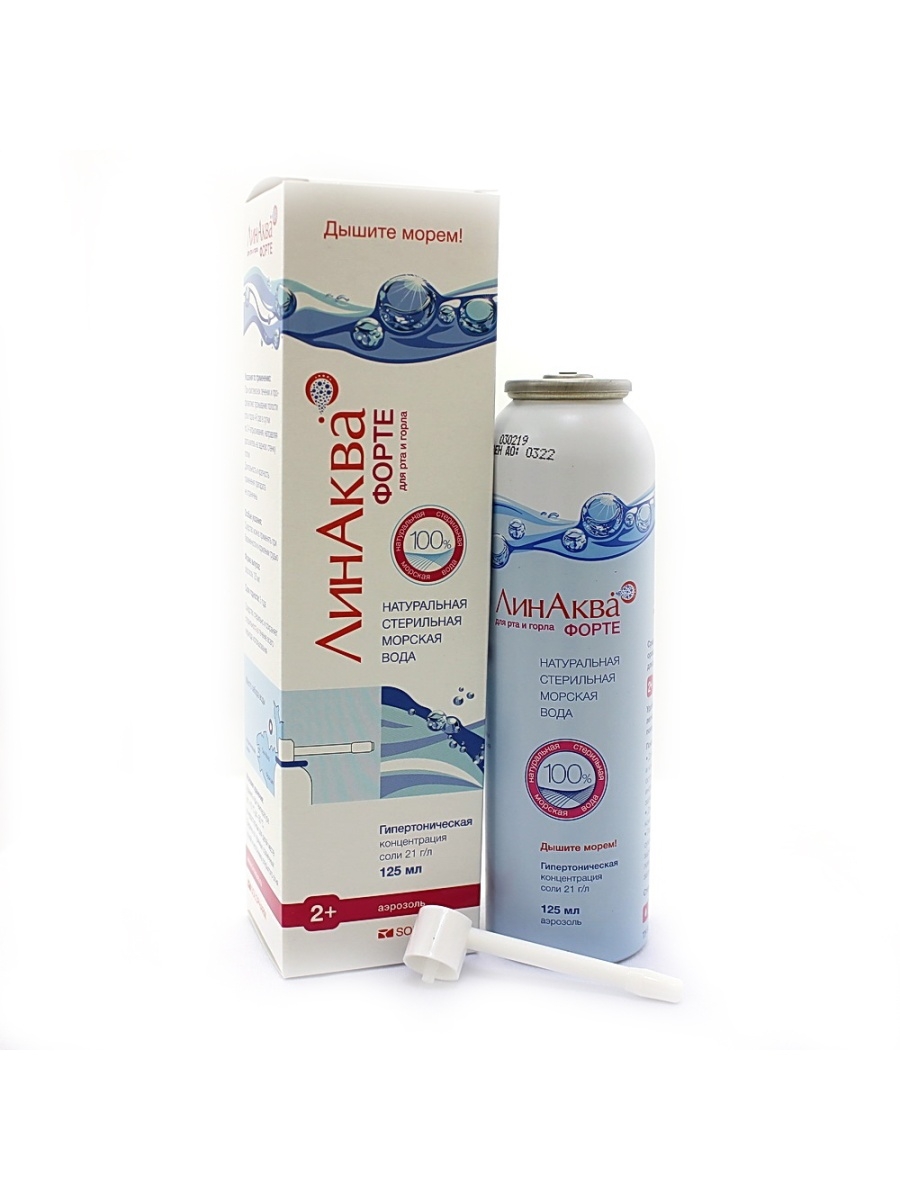
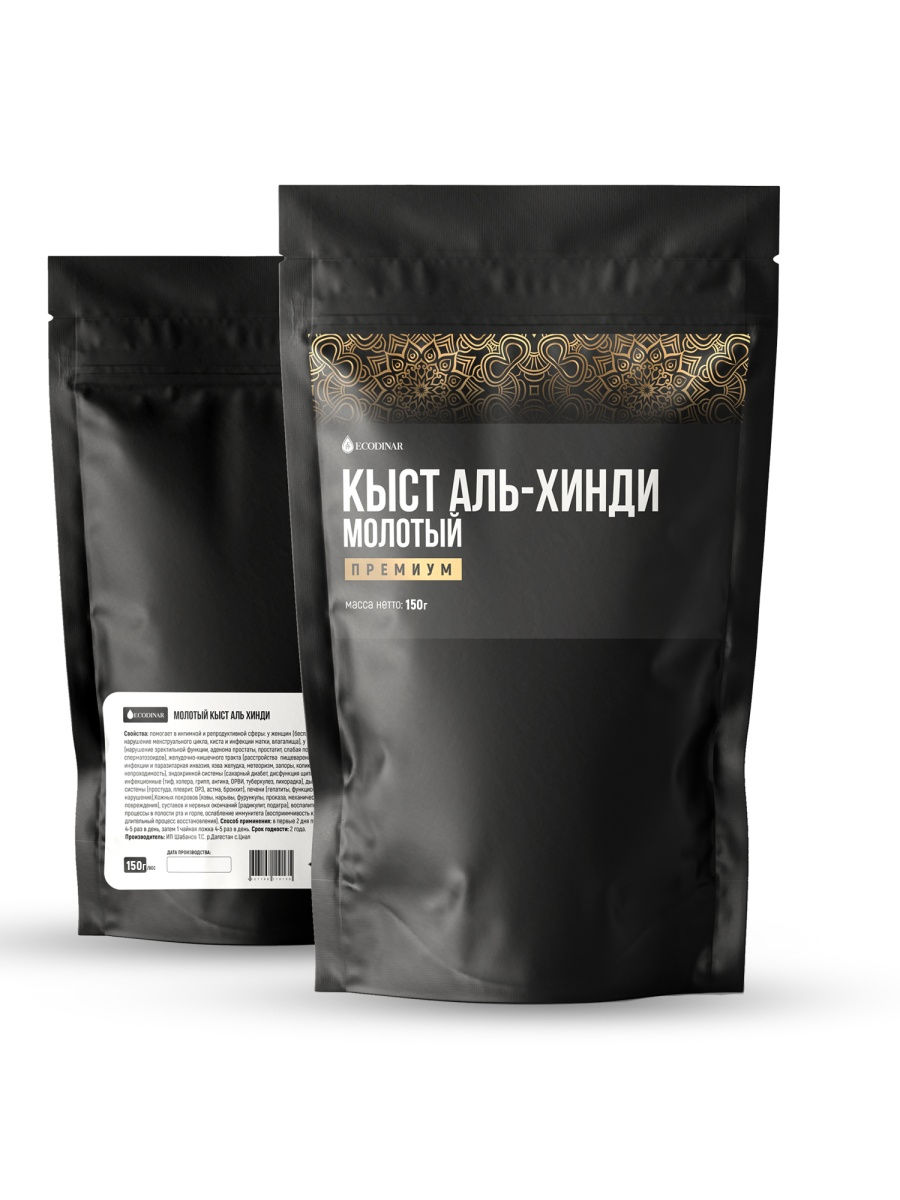
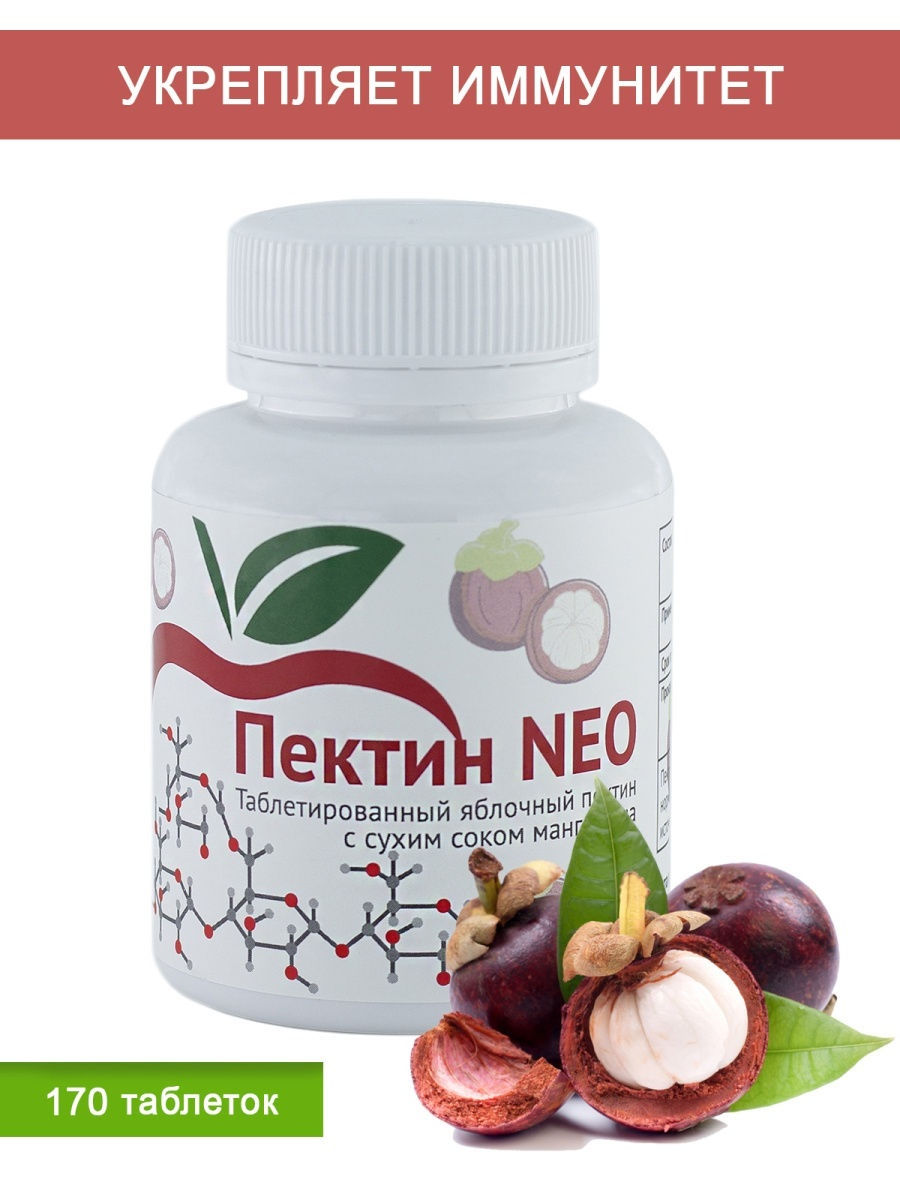





There are no reviews yet.